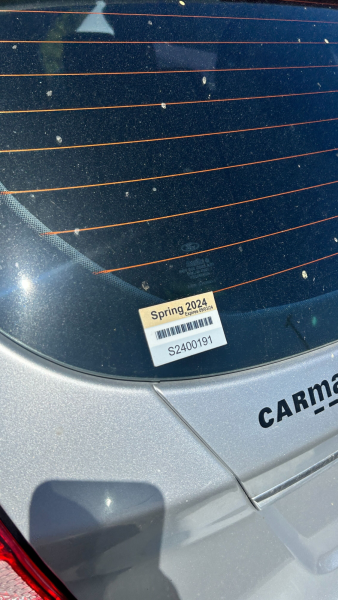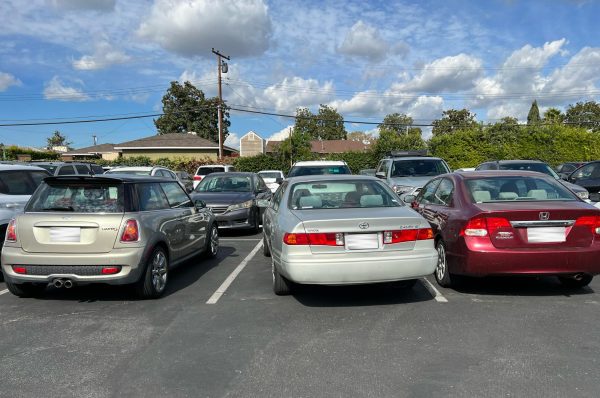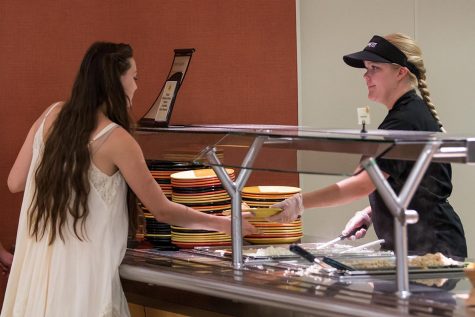Twitter revolutionizes news industry
Twitter and other forms of social media made newspapers more interactive and changed how people receive news.
September 27, 2011
Every time you read a story on an online media site, you see an option to share via Facebook, Twitter, Digg and the like. The question remains: To what extent does the credibility of social networking and user-generated news hold, and will it ever replace big journalism in the world as the firsthand source of information?
In April 2009, Ashton Kutcher reached 1 million followers on Twitter. While Internet enthusiasts pounded their chest in proud waves of “I told you so,” the rest of the world was still confused as to what Twitter was, what a tweet does, and whether or not twits are involved.
Social media phenomenon spreads to news media
Being a senior in high school working for a nationally award-winning paper — kudos to my teacher, Gene Saling, for encouraging us to be on the cutting-edge side of technology — I joined the craze and found it humorous and useful. At the time, I used it to update Facebook statuses because T-Mobile didn’t support Facebook integration. Little did I know that over two years, 7,530 tweets, and hundreds of followers later, I would be in the middle of a social phenomenon.
In 2011, we see every major news facet using social media — and if they aren’t, they are clearly behind. Even as late as last year, doubt still remained over the success and sustainability of sites like Twitter, with some industry professionals holding out on getting their own attack — but how often do you see journalists, celebrities, and other professionals constantly using it as a quick opportunity for updates and public relations stunts today?
Yet, the craze didn’t stop there. Now you can find people on Twitter, Tumblr or WordPress, Instagram, Google+ and thanks to the new Facebook, subscribe to those without even befriending them … as if stalking wasn’t easy enough on the site.
Small-town newspapers thrive
So what about the news and journalists?
No matter what you hear, I’m a believer that print editions of newspapers are on the way out the door. They have been for the last decade. 105 newspapers closed in 2009 alone, according to Business Insider. In the same year, 10,000 newspaper related jobs were lost, and 23 of the top 25 newspapers had a decline in subscriptions between 7 percent and 20 percent.
However, some papers are not worried about this trend.
“… Thousands of newspapers aren’t just surviving but thriving,” says Judy Muller, a journalism professor at University of Southern California, in a recent op-ed for the Los Angeles Times. “Some 8,000 weekly papers still hit the front porches and mailboxes in small towns across America every week. …” she says.
While I trust her judgment and analysis on small-town newspapers, an alarming trend is hitting major large-metro papers nationwide. Time Magazine ran an article in 2009 listing 10 major papers that were likely to shut down. This included The Philadelphia Daily News, The Minneapolis Star Tribune, The Miami Herald, The Detroit News and The Boston Globe. After some fancy Google research, I’m proud to say none of them ate the dust.
Internet creates interactive news experience
Why? The Internet! Most newspapers are going to a hybrid system, limiting the size of their print editions and expanding their online editions. It hasn’t been an easy transition but it has been enough to keep readers alive and hooked.
Thanks to smart phones, such as Apple’s iPhone and Google’s Android, we are seeing a new wave of journalism through mobile apps — Time Magazine has one, and so do many newspapers including USA Today.
I don’t see user-generated news — news that everyday citizens report via sites like Twitter and Digg — ever taking over large scale reporting. But I do see it taking a large percentage of followers and loyal readers. Blogs, Tweets and the growth of Average Joes having fancy digital cameras have increased the opportunities for user-generated news. Anyone with two thumbs and a working mind can come up with something believable that may not always be true.
Twitter changed how people get news
Looking back to Sept. 11, 2001, a day we recently commemorated and mourned, I wonder what it would have been like if Twitter had been around. When Michael Jackson died, I found out through tweets. I also found out about the Casey Anthony trial and the death of Osama Bin Laden through Twitter before I found out on the evening news or in the morning paper.
This doesn’t include specific topic news items, such as NFL injuries or the NBA lockout, or the rumored iPhone 5 — which, if anyone cares, should be announced Oct. 4. I think one advantage is that reporters can sum up stories in 140 characters and get the word out before they have all the information needed to produce a 1,000-word story. If anything, social media and user-generated news will at least make full time journalists work harder to find breaking news before the public does.
To wrap up, journalism will always be around. But be on the lookout for the secondary newspapers in major cities to shut down, and for large, national and sometimes worldwide produced papers to grow. Be ready for user-generated breaking news, and take it with a grain of salt. Finally, search for balance — we tend to follow and read stories from those who think like us … an ever growing trend thanks to social media. We should read both sides of the story, and then tweet it! The world is waiting to hear from you.
Matt Fier blogs at matthewfier.tumblr.com and you can follow him on Twitter, @mattfier, or by subscribing to his updates on Facebook.






